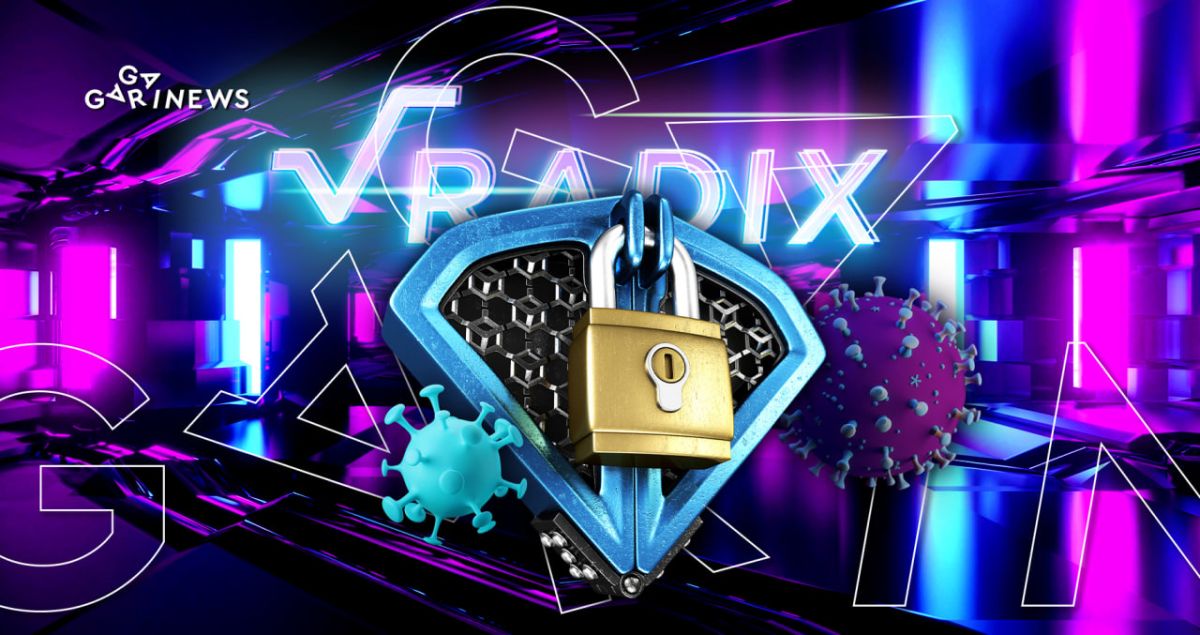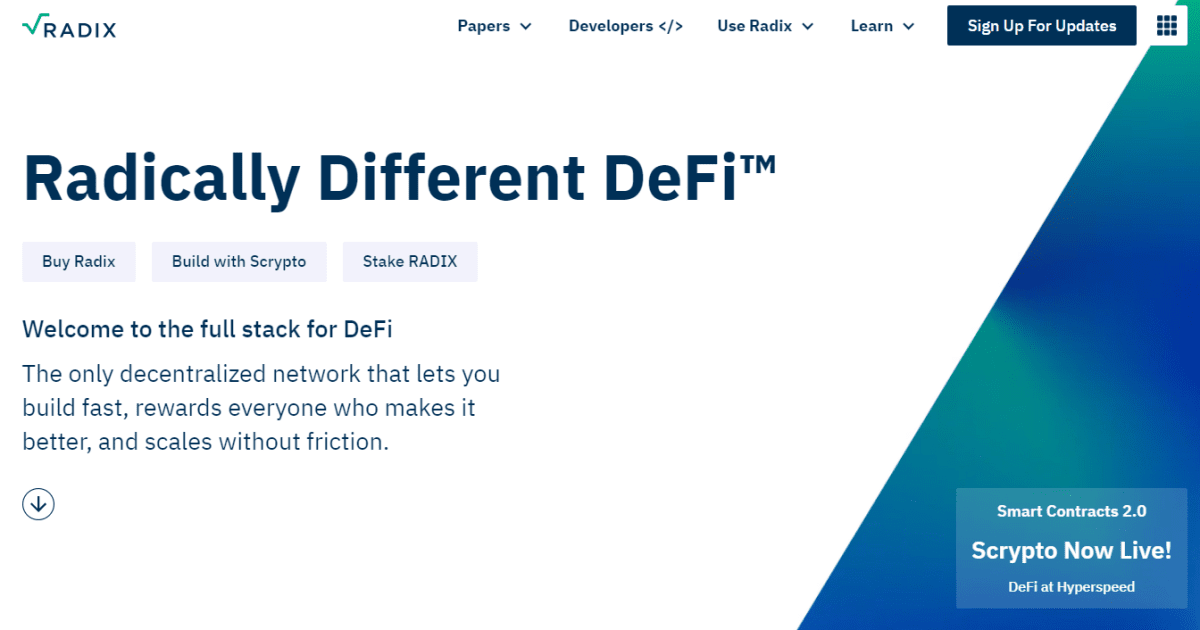RADIX (XRD): The Native Token of the Radix Distributed Ledger

The RADIX (XRD) token is a crucial component of the Radix network. Nodes rely on staking XRD for secure operation. Additionally, they serve as an internal asset that can be used to configure smart contracts and pay transaction fees.
Radix is a public distributed ledger that enables the development of DeFi applications such as DEXs, crypto lending platforms, stablecoins, and crypto wallets. Unlike blockchain DAG and other types of decentralized ledgers, Radix has a unique structure that sets it apart as a distinct modification of DLT.
At its core, Radix is an L1 protocol that provides developers with all the necessary tools to deploy decentralized financial applications. The founders of Radix claim that their decentralized network is the only solution for creating DeFi products that are immune to exploits and other types of hacking attacks.
Through staking, XRD supports the network's unique Delegated Proof of Stake (DPoS) consensus mechanism. Token holders can delegate their XRD to nodes they want to act as validators, and the Radix protocol selects nodes with the most votes to verify and confirm transactions. This process helps protect the distributed ledger from Sybil attacks.
Besides its staking feature, XRD is also used to pay transaction fees on the Radix network to prevent spam.
Furthermore, XRD is utilized in DeFi applications built on top of the distributed ledger. For instance, XRD can serve as collateral on lending platforms.

Radix homepage
RADIX tokenomics
XRD was listed in 2021, coinciding with the launch of Radix's public network. According to Coin Market Cap, the token's market capitalization is $386 million at the time of writing. There are currently 10 billion XRD in circulation, with a maximum supply of 24 billion tokens. In February 2023, XRD showed the most negative performance among other DeFi projects, with its value dropping by 15.5%.
Here's how the coins are distributed:
- 2.4 billion are locked in reserves
- 12 billion will gradually be created in the Radix network to reward validators
- About 53% of the token supply is locked for staking
- The network emits 300 million XRD annually, which are distributed among stakers
- All XRD collected as transaction fees are burned.
As the DeFi ecosystem developed on Radix, XRD will become the main source of value for users.
What you need to know about the Radix ecosystem
The foundation of the Radix distributed ledger is built on a protocol – a set of rules that orders the nodes' operations and such software as Radix Node, Radix Desktop Wallet, Radix Explorer, and others.
The protocol, in turn, is based on the Radix Engine, a virtual machine for executing smart contracts, and the segmented, atomically-composable Cerberus consensus algorithm. The Radix Engine smart contract execution environment creates special conditions for fast and secure DeFi application programming. Cerberus is Radix's proprietary development for better network security and linear scalability, which was introduced in 2020.
To top it all off, in 2021, Radix released its own programming language for smart contracts, Scrypto. Overall, this is the only Layer 1 protocol developed exclusively for the DeFi sector, which also provides rewards for registering decentralized application codes in the ecosystem.
Who founded Radix?
The founder of Radix is Dan Hughes. He began his journey as a distributed ledger developer in 2011. Before founding Radix, he worked on Bitcoin scalability, specifically the Blocktrees project in 2013. In 2015-2016, Dan worked on decentralized ledgers such as DAG and CAST. He didn't rush to launch his own product, spending five years studying the blockchain trilemma and testing different network architectures.
Since 2017, Radix has been led by CEO Piers Ridyard, and the project is supported by a team of experts from various fields, including computer science, economics, and finance. They have previously held positions at global corporations such as Microsoft, IBM, Visa, UBS, and Nvidia. The company is based in London and is registered as Radix Foundation Limited.

